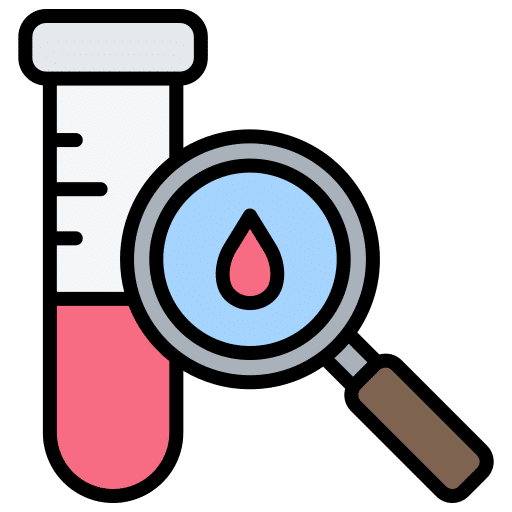
Hemoglobin A1c Test

Analyzer Report
Frequently Asked Questions
Hemoglobin A1c( HbA1c) is a blood test used to measure the average blood sugar situation over a period of roughly two to three months. It provides information about a person’s long-term glucose control and is generally used in the opinion and operation of diabetes.
A low Hemoglobin A1c( HbA1c) position generally indicates good control of blood sugar situations over an extended period. In general, a low HbA1c position is desirable for individuals with diabetes because it suggests that their blood sugar situations have been well managed. The target HbA1c position varies depending on individual circumstances and medical advice, but it’s frequently recommended to be below 7 for people with diabetes.
Maintaining a low HbA1c position helps reduce the threat of complications associated with diabetes, similar to cardiovascular complaints, kidney problems, nerve damage, and eye issues. Still, it’s important to note that exorbitantly low HbA1c situations can indicate the possibility of hypoglycemia( low blood sugar) and may bear adaptations to drug or treatment plans.
A high Hemoglobin A1c (HbA1c) level typically indicates poor blood sugar control over an extended period, usually the preceding 2-3 months. In individuals without diabetes, a normal HbA1c level is generally below 5.7% (39 mmol/mol). However, the American Diabetes Association (ADA) defines a diagnosis of diabetes as an HbA1c level of 6.5% (48 mmol/mol) or higher. Prediabetes, a condition that precedes diabetes, is often identified when HbA1c levels range between 5.7% and 6.4% (39-46 mmol/mol).
A high HbA1c level in someone already diagnosed with diabetes suggests inadequate control of blood sugar levels. It indicates the need for adjustments in diabetes management, such as modifications to diet, exercise, medication, or insulin dosages.
Hemoglobin A1c (HbA1c) is a medical test that measures the average blood sugar levels over a period of approximately two to three months. It provides valuable information about a person’s long-term blood glucose control, specifically for individuals with diabetes.
When glucose (sugar) circulates in the bloodstream, it can bind to hemoglobin, a protein found in red blood cells that carries oxygen throughout the body. The HbA1c test measures the percentage of hemoglobin that has glucose attached to it.
Since red blood cells have an average lifespan of about three months, the HbA1c test reflects the average blood sugar levels over that period. It is considered a reliable indicator of a person’s glycemic control and helps healthcare providers assess the effectiveness of diabetes management.
The results of the HbA1c test are usually reported as a percentage. For individuals without diabetes, a normal range is typically below 5.7%. However, the target range for people with diabetes may vary based on individual circumstances and treatment goals. In general, a lower HbA1c level indicates better blood sugar control, reducing the risk of diabetes-related complications.































